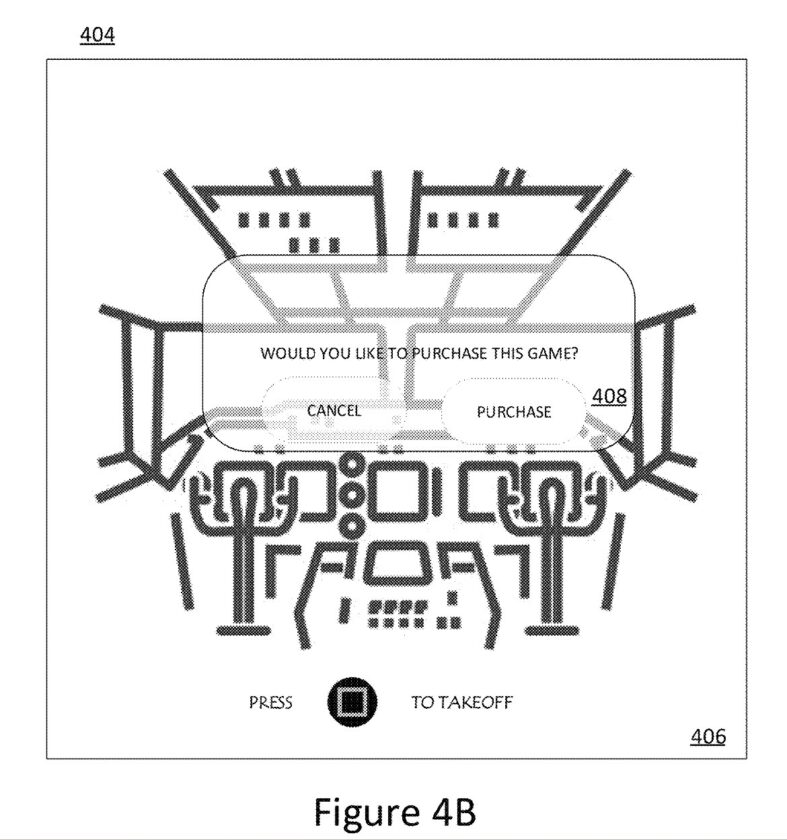One of the biggest ways for gaming companies to attract notice about their upcoming titles is game demos. Now, a new Sony “tiered” gameplay trial patent has apparently shown a new process with how, exactly, demo players can be enticed to buy new games in an ever-evolving market of game advertising.
In addition to the evolution in the games themselves, the video game industry and number of designers therein has grown exponentially as well. As such, there is great competition amongst video game designers and makers to attract and retain video game players.
Whether it’s a good old standby game like Call of Duty, a hot new Triple-A game like Final Fantasy 16, or a brand new IP that’s still untested, a demo can help to drum up a good amount of excitement. This approach relies on the game demos picking showstopper-moments to get players interested, but according to the patent this approach is flawed.
In response to increased competition, video game designers have devised means to provide potential players the ability to play a test level or portion of the video game. Unfortunately, many of these trial or teaser levels are chosen arbitrarily and may not appeal to many players.
The Sony patent claims that it will get around this through various tiers of play, each of which allow players a certain length of game time in order to help them get invested in the game. With this, players can either have curious people or very excited ones get certain amounts of time to be invested. With these tiered demos and trials, the system will evaluate players separately and when they are engaged with the game the most, system will display the infamous Purchase Now pop-up. This ofcoruse will leave players leave more inclined to purchase that game.
It’s more how advertisers display video ads these days. The ads usually load at the most engaging parts of the videos. While the strategies mentioned in the patent aren’t really new, but we haven’t seen them being implemented in video games in general.

The method…includes providing the interactive gaming application to the user device, interrupting the interactive gaming application at a predetermined length of gameplay, wherein the predetermined length of gameplay is associated with the access tier of the user, and providing a purchase prompt to the user device.
Most recently, two different high-profile demos came out for the Playstation 5: Lies of P and Final Fantasy 16. Both demos ran through certain sections of the game, including the opening few hours. Final Fantasy 16 also included other sections from later in the game, including a boss fight. The patent would also make use of this sort of game-length.

In another aspect, the predetermined length of gameplay is based upon one or more subdivisions of the interacting game application.
Whether it’s ending at the start of a certain boss fight, or at the end of a particularly large set piece or bit of plot development, dividing a game demo by putting it in a certain segment of the game can be better than arbitrarily picking and choosing certain parts of a game.
But with the great reactions that the Final Fantasy 16 and Lies of P demos got, it seems that allowing players to get a good feel for the game can really help, especially if the developers are confident in either the story, the gameplay, or both. With luck, the Sony patent can be used to help out more game devs and their demos. And hopefully, concepts like these, if ever get implemented, won’t be abused by the companies to trap players into purchasing games by wrongly manipulating there interests and engagement levels.
